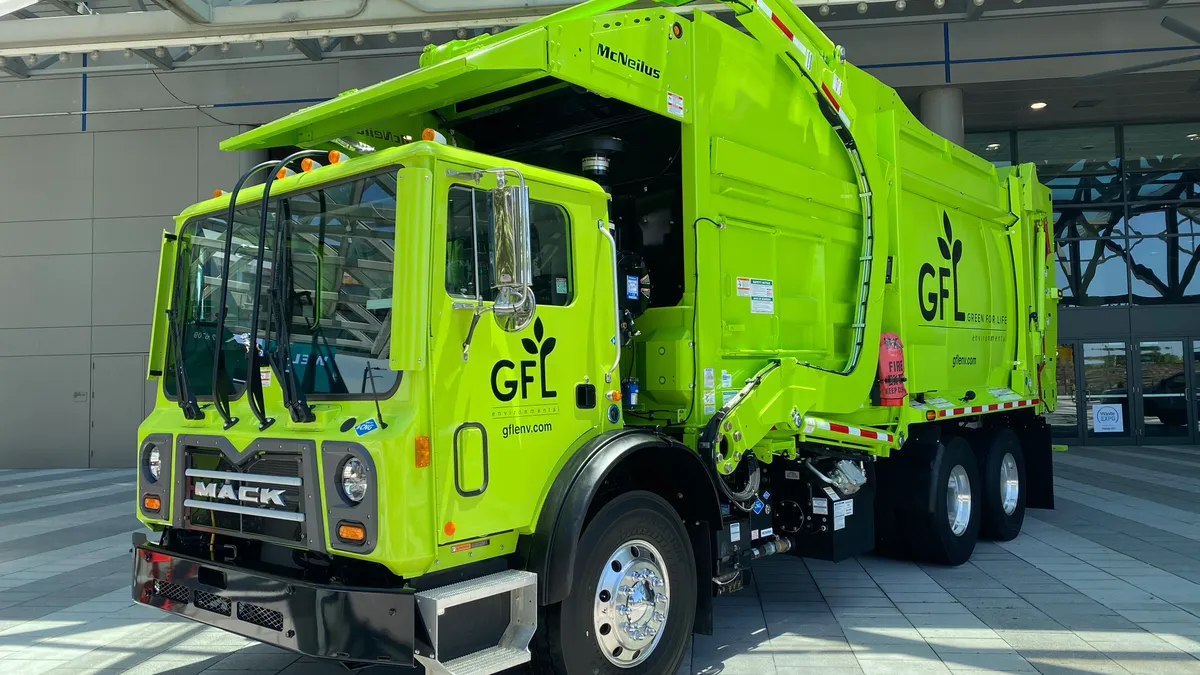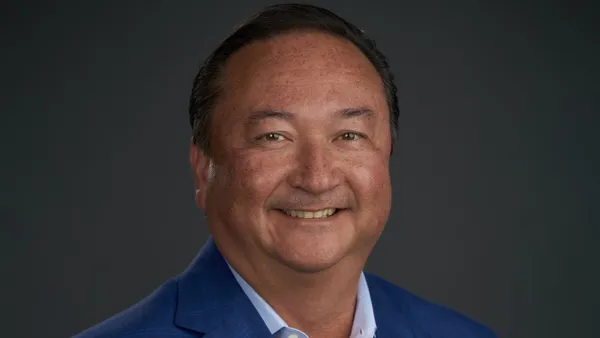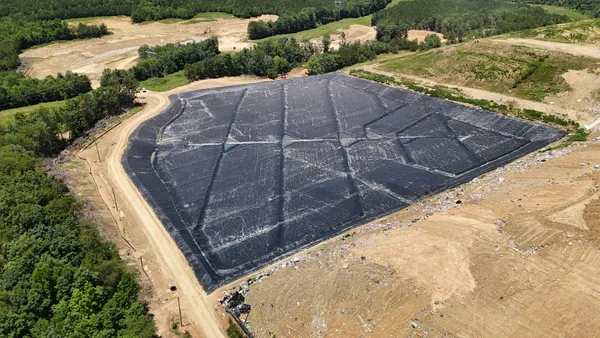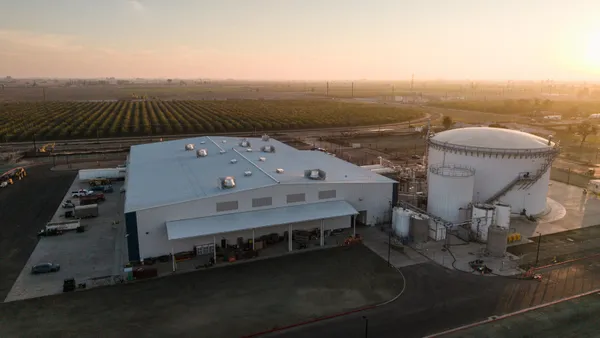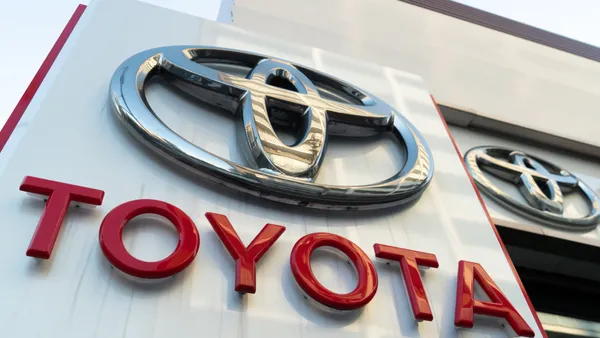All financial information is in Canadian dollars.
- Deleveraging debt: GFL’s net leverage rose slightly in the quarter to 4.3x, fueled in part by new acquisitions. Divestitures and organic growth continued to put downward pressure on GFL’s debt leverage ratio, CFO Luke Pelosi said on the company’s earnings call Thursday. He anticipated that organic deleveraging would occur at 60 to 75 basis points per quarter, meaning GFL could bring its ratio down to the “mid 3s” by the fourth quarter of 2024, per the company’s investor presentation.
- Leverage outlook: GFL remains committed to achieving an investment-grade credit rating “in the medium term,” CEO Patrick Dovigi said. “This path is not necessarily a straight line, but the trajectory is definitely downward.” Dovigi struck a defiant tone on acquisitions, rebuking what he described as requests from some investors to halt M&A until GFL could bring its debt leverage below 4x, as it had previously projected it would do this year.
- M&A: Dovigi said GFL had already completed the “platform-type” large acquisitions needed to build out the company’s base business. The growth of that base business, combined with a focus on smaller, tuck-in acquisitions going forward, means that GFL has reached an “inflection point” where M&A would likely have a 10 to 15 basis point impact at most on the company’s overall debt leverage rate on a quarterly basis, Pelosi said. In the executives’ view, that’s an insignificant debt impact compared to the benefits that could come from acquisitions. GFL made two notable acquisitions in existing markets this quarter: Fielding Environmental, an environmental solutions business in the Toronto area, and Capital Waste, headquartered in South Carolina.
- Solid waste: Core pricing in the solid waste business continues to be the primary driver of revenue growth for GFL. In the third quarter, the segment brought in $1.5 billion in revenue. The segment performed better than expected over the quarter, Pelosi said. At the same time, volume declined by 2.4% during the third quarter as GFL continued to shed “low-quality” contracts in favor of contracts with higher potential.
- RNG: After what Dovigi described as “technical delays” at GFL’s first major landfill-gas-to-RNG project in Michigan, the company now expects future projects to come online more slowly than expected. GFL doesn’t expect contributions from the facility at its Arbor Hills landfill until early 2024. Dovigi expects the rest of GFL’s planned RNG portfolio to come online by the end of 2026. Pelosi said some projects were experiencing three-to-six-month delays as a result of permitting and interconnection issues, and said expected contributions from these projects to earnings before interest, taxes, depreciation and amortization in 2024 were down to around $30 million compared to a projection of roughly $65 million a quarter ago. “To the extent that delays dissipate, there could be upside to that number,” Pelosi noted.
- EPR opportunities: GFL anticipates revenues generated through extended producer responsibility programs in Canada may exceed earlier projections. The company has previously noted it would spend between $200 million and $300 million on capital expenditures related to sustainability, including RNG and EPR. On the call, Dovigi said the earnings contributions of EPR could be double what GFL earlier projected. Dovigi described the model GFL developed alongside producers and other stakeholders in Ontario as the “gold standard” in Canada. He expects provinces like Alberta, Quebec and others to adopt a similar policy, representing further opportunity for the company.



